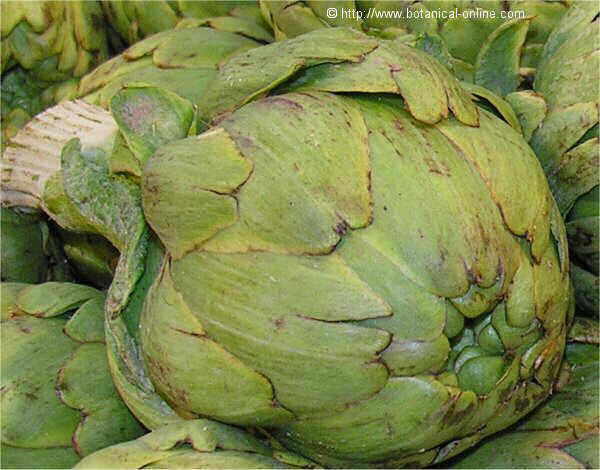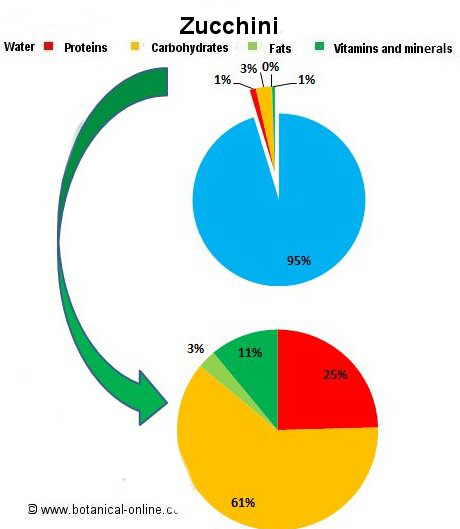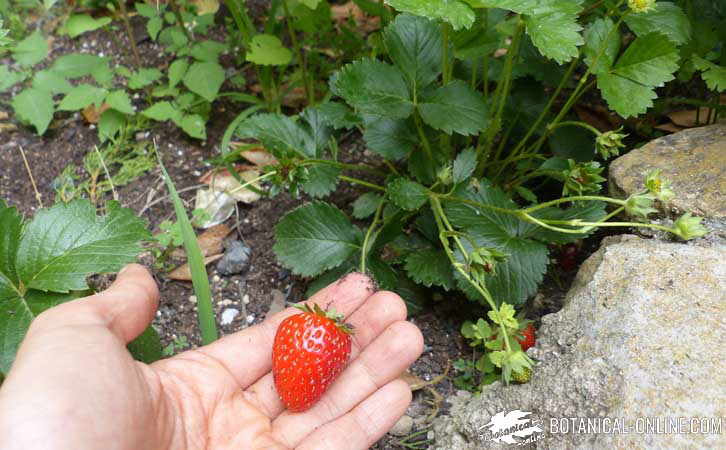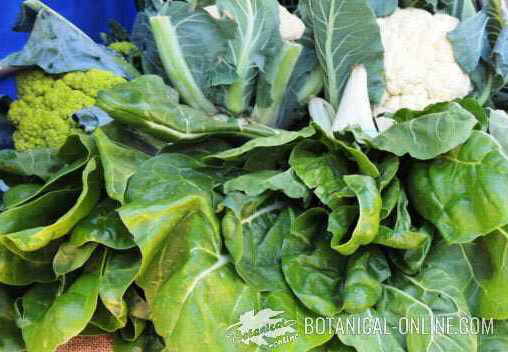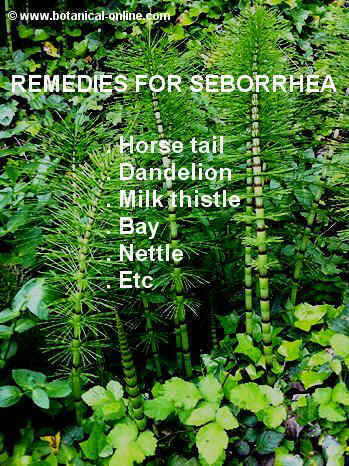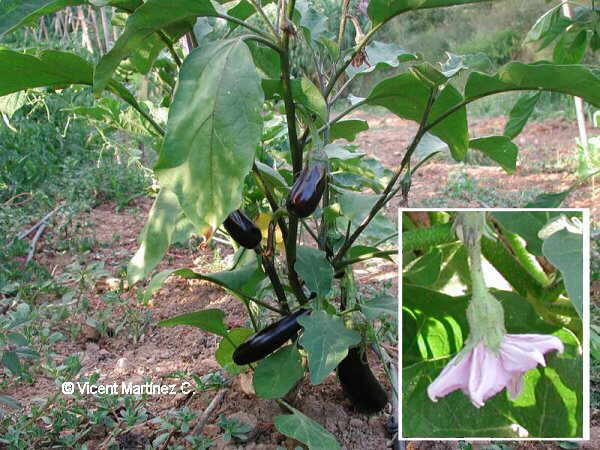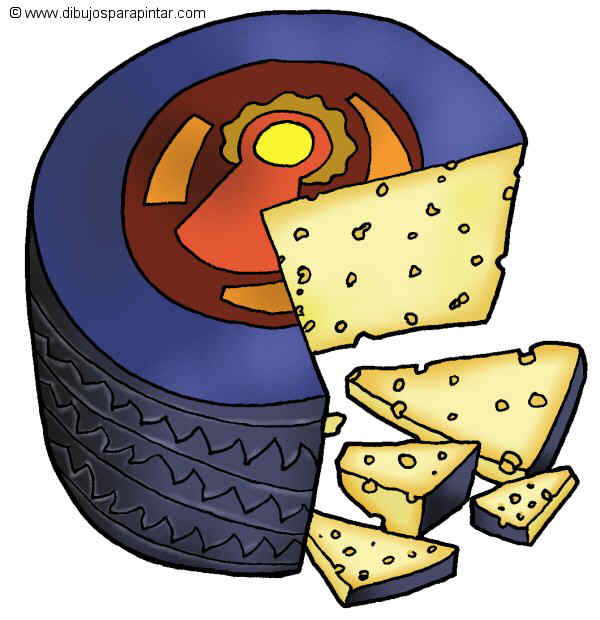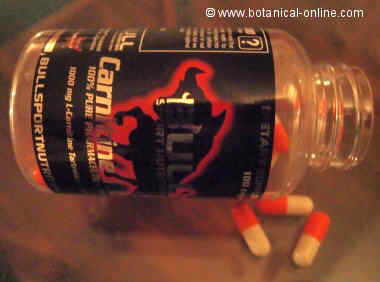Contents
- 1 Importance of combining proteins
- 1.1 COMBINING VEGETABLE PROTEINS TO OBTAIN COMPLETE PROTEINS
- 1.2 What do quality of proteins depends on?
- 1.3 Is animal protein better than vegetable protein?
- 1.4 Why plant food should be combined?
- 1.5 Deficient amino acids in food
- 1.6 Milk proteins and egg for non-strictly vegetarians
- 1.7 How to combine plant foods?
Importance of combining proteins
COMBINING VEGETABLE PROTEINS TO OBTAIN COMPLETE PROTEINS
What do quality of proteins depends on?
The protein quality is the ability of assimilation of food proteins by the body. Animal proteins are better assimilated than plant proteins because they do not lack any amino acids. In this sense, it said animal proteins are complete proteins.
In vegetarian diets, it is necessary to combine plant foods throughout the day to get complete vegetable protein. A vegetarian person can make this combination by means of eating different vegetable protein throughout the day. It is not essential that all combinations are in all meals.
The most complete animal protein food is egg, from which we can assimilate more than 90% of their protein content. Milk is another food of animal origin with high quality protein, of which 80% are assimilable.
Is animal protein better than vegetable protein?
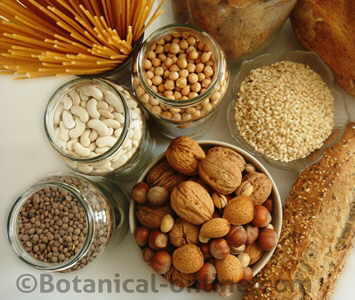
Photo of vegetarian food that provides protein, especially legumes, which also provide carbohydrates and many vitamins and minerals.
Formerly it was said that food of animal origin proteins offered better quality proteins than those of vegetables.
It has now been found that not all plant proteins are worse than those of animal origin. Many plant foods, such as some legumes, have very good quality proteins compared to those of meat, milk or egg.
Soybeans, quinoa, chickpeas, lentils, amaranth and buckwheat have complete proteins, That is to say, it is not necessary to combine them with other foods to have good quality protein. For this reason, these grains are of great importance in strict vegetarian diets.
Instead, cereals and nuts should always be supplemented throughout the day because they lack some essential amino acids.
* More information: Differences between animal protein and vegetable protein
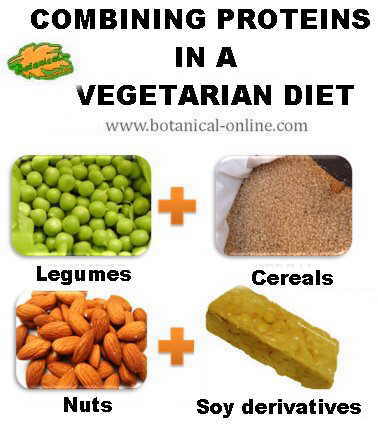
Examples of suitable combinations of vegetable proteins:
Cereal + legume
Nut + Legume
Legume + animal protein
Cereal + animal protein
Nuts + animal protein
It is NOT correct to combine nuts and cereals as both they are deficient in lysine. A vegetarian person does not need to combine all foods in a meal, but may combine along meals all day.
Why plant food should be combined?
The protein combination ensures that protein deficiencies of some foods can be compensated with the large number of others. Vegetable proteins are usually incomplete proteins and must be combined to obtain proteins of high biological value.
Vegetable proteins have less assimilation because some are deficient in certain amino acids. For example, in plant foods, one of the most protein-rich foods is wheat. However, wheat alone has a biological value of 50, because the organism assimilates only 50% of wheat proteins.
Furthermore, plant proteins are less bioavailable due to the presence of antinutrients in grains, such as protease inhibitors present in pulses. These substances can be removed with a long soaking and cooking, but they are present in the cooked vegetable. For this reason it is also recommended that vegetarians consume more protein foods than people who eat meat.
Deficient amino acids in food
– Cereals are low in lysine but rich in methionine and cystine.
– Legumes have little methionine and cystine but are very rich in lysine. If we combine, for example, wheat meal with lentils, we will obtain a compensated combination of proteins.
When we combine both foods, we get proteins wit a similar quality to meat.
* More information: limiting amino acids
Milk proteins and egg for non-strictly vegetarians
A good way to get high quality protein for ovolactovegetarian people is to combine eggs, milk or dairy products with plant foods. Among the interesting combinations, we include the following:
- Yogurt with whole grains such as oats (an example of highly nutritious recipe is the muesli)
- Pasta with cheese
- Vegetables with egg
* More information: Proteins of high biological value
How to combine plant foods?
The following table shows combinations of complementary proteins. Taking food from two or more columns, we obtain complete proteins:
| Complementary combinations of vegetable proteins | ||
| Cereals | Legumes (Pulses) | Seeds and nuts |
| Corn Pasta | Soy | Almonds |
* Go on reading: Protein combinations
![]() More information on essential fatty acids
More information on essential fatty acids

